Saving the Planet and your Wallet: Understanding cost per wear
by HULA on Apr 09, 2021
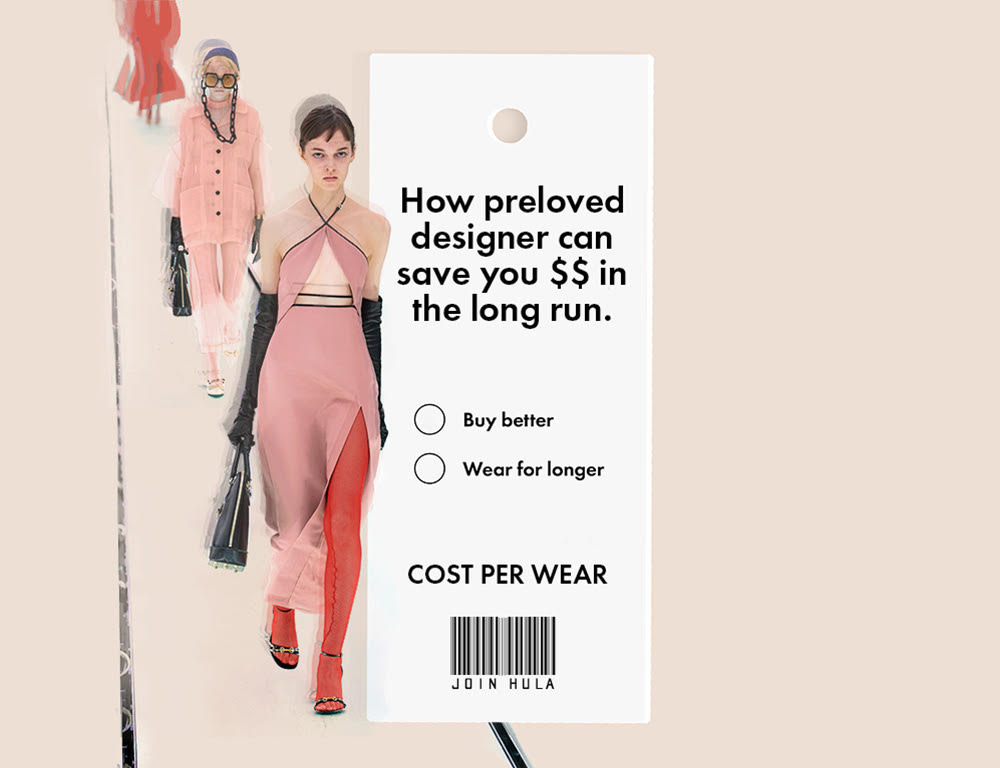
Many people when debating over a new purchase often focus on the initial upfront cost. Although the initial investment might be the deciding factor that tilts your decision to purchase one piece over the other, there are other factors that contribute to the overall cost of a new garment that goes past the moment when you remove the tags.
According to the Wall Street Journal, Fast fashion pieces are worn on average seven times before it's either thrown away or begins to fall apart. The rate clothes are being produced is unsustainable and the amount of useable clothes going to landfills are increasing. According to the Environmental Protection Department, on average, more than 340 tonnes of discarded clothes and textiles are landfilled daily. In turn, 39% of Hong Kongers have thrown away clothing after wearing it just once.
Understanding Cost Per Wear
Cost per wear (CPW) is a simple formula for consumers to get the most out of their purchases. CPW divides the upfront cost of the garment by the number of actual estimated times you will wear the item.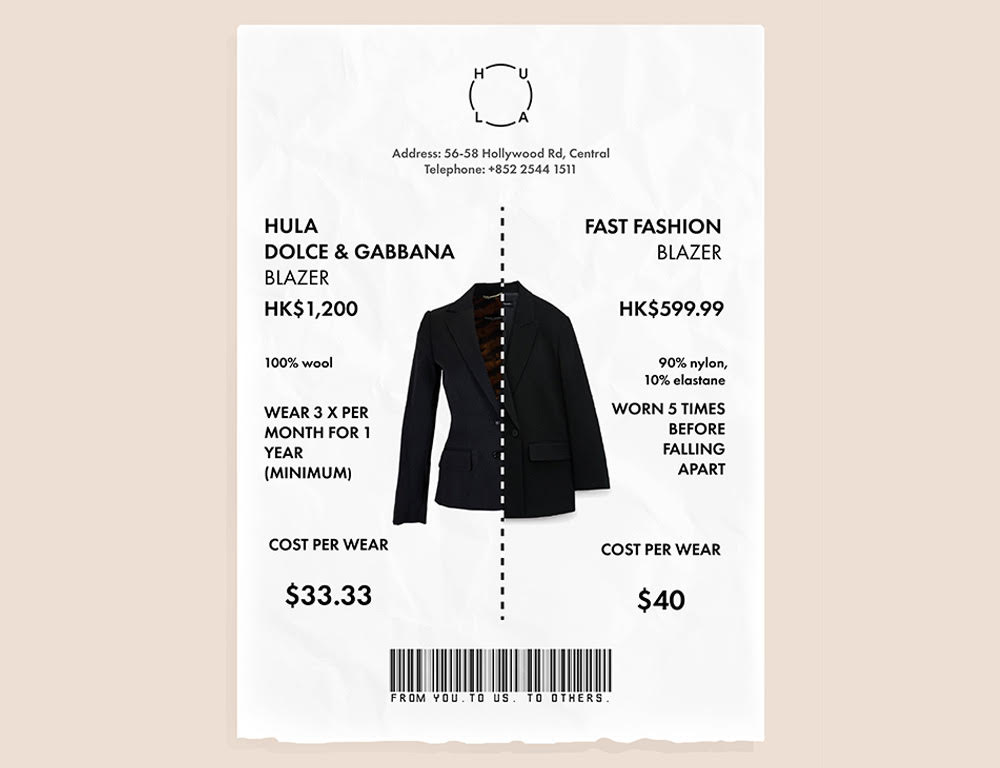 There are two mains ways that limit the number of times we wear a piece of clothing:
Quality
It goes without saying that the main difference that separates the cost point of garments lies in their individual quality and production. The HK$599 blazer’s quality and composition embody the ‘fast’ in fast fashion. When you buy a piece that isn’t designed to last, you’re more likely to spend more on upkeep or simply buy another version when it becomes unwearable. Ultimately, contributing to a higher CPW and spending more in the long run.
How Trendy an Item Is
If the item in question lends itself solely to a passing micro-trend, the likelihood of that piece's longevity is often limited to the trend’s relevancy. From production to the number of wears the garment can sustain, the CPW is solidified in a transient trend within a micro-season rather than longevity.
The instantaneous nature of the fast fashion industry caters to the unquenchable appetite of the modern-day consumer, a hunger that is mainly driven by the desire to fit in by following current trends displayed all over social media. It’s estimated that fast fashion brands, such as Zara, now produce up to 52 micro-seasons a year.
Fundamentally, the best way to achieve a lower CPW is by buying clothes you genuinely love and will last you through life, not to landfill. When buying quality wardrobe staples and statement pieces you love, ask yourself:
There are two mains ways that limit the number of times we wear a piece of clothing:
Quality
It goes without saying that the main difference that separates the cost point of garments lies in their individual quality and production. The HK$599 blazer’s quality and composition embody the ‘fast’ in fast fashion. When you buy a piece that isn’t designed to last, you’re more likely to spend more on upkeep or simply buy another version when it becomes unwearable. Ultimately, contributing to a higher CPW and spending more in the long run.
How Trendy an Item Is
If the item in question lends itself solely to a passing micro-trend, the likelihood of that piece's longevity is often limited to the trend’s relevancy. From production to the number of wears the garment can sustain, the CPW is solidified in a transient trend within a micro-season rather than longevity.
The instantaneous nature of the fast fashion industry caters to the unquenchable appetite of the modern-day consumer, a hunger that is mainly driven by the desire to fit in by following current trends displayed all over social media. It’s estimated that fast fashion brands, such as Zara, now produce up to 52 micro-seasons a year.
Fundamentally, the best way to achieve a lower CPW is by buying clothes you genuinely love and will last you through life, not to landfill. When buying quality wardrobe staples and statement pieces you love, ask yourself:
Could you wear this garment for years to come?
Would you want to wear this garment for years to come?
HULA Blazer Staples
 |
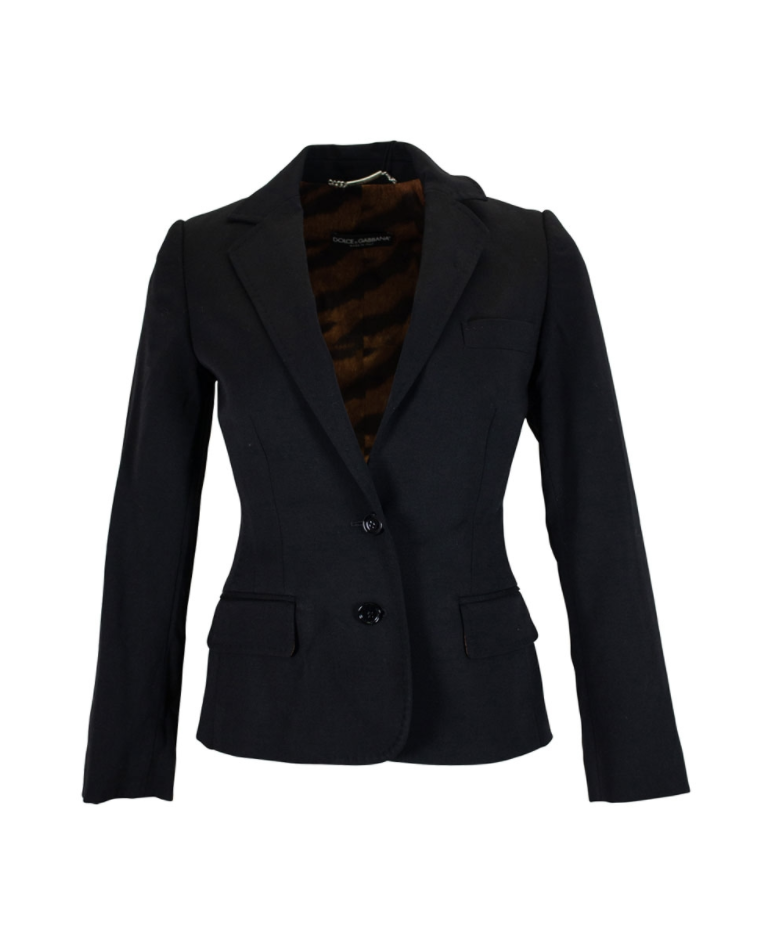 |
| Ba&sh | Dolce & Gabbana |
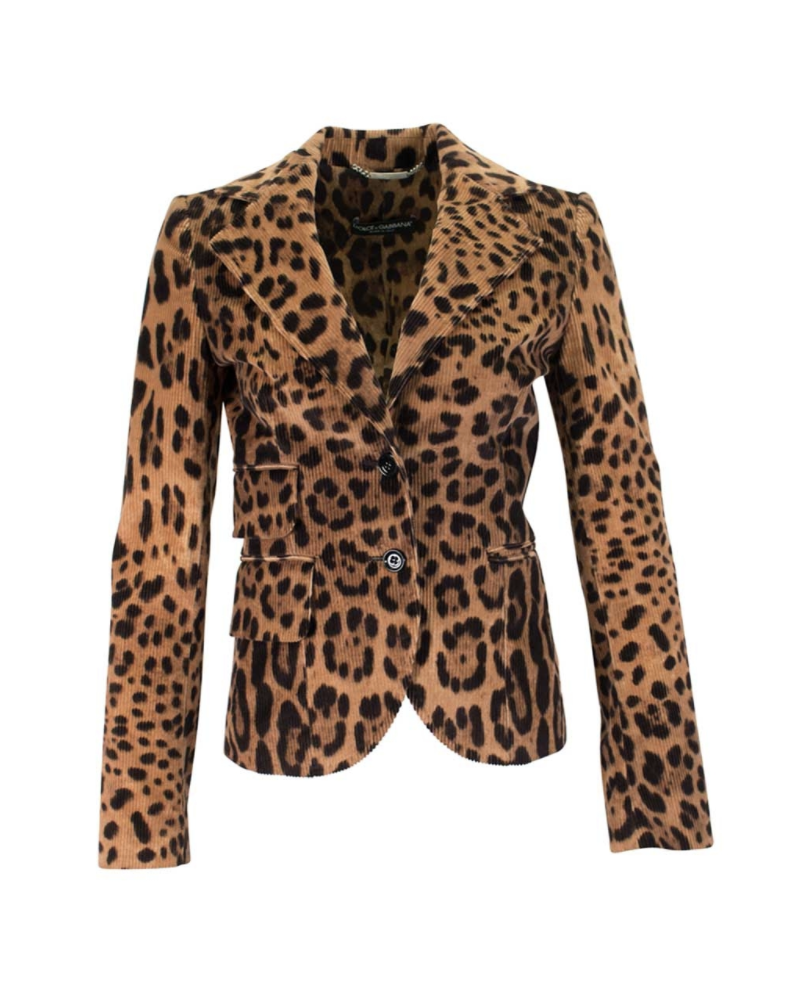 |
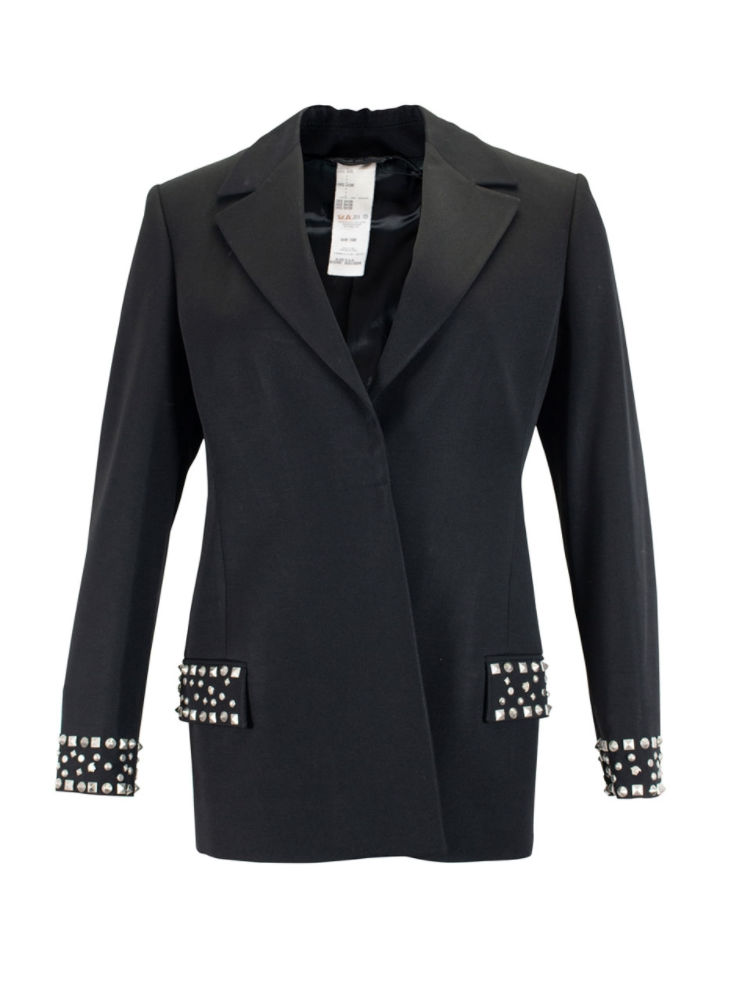 |
| Dolce & Gabbana | Gianni Versace |
 It’s easy to sound preachy when talking about efforts towards a more conscious closet, but Cost Per Wear benefits your wallet and the environment. Simply, we can all benefit from trying to buy less and buy better quality clothes that last.
When shopping with HULA, you have access to a wide range of luxury fashion, ranging from preloved, barely worn, to new with tags. The best part? At Hula you have access to brands such as Chanel, Christian Dior, and Isabel Marant for discounted prices of up to 95% off retail.
Making Fashion Circular is vital to help minimise the fashion industry’s impact on the environment.
It’s easy to sound preachy when talking about efforts towards a more conscious closet, but Cost Per Wear benefits your wallet and the environment. Simply, we can all benefit from trying to buy less and buy better quality clothes that last.
When shopping with HULA, you have access to a wide range of luxury fashion, ranging from preloved, barely worn, to new with tags. The best part? At Hula you have access to brands such as Chanel, Christian Dior, and Isabel Marant for discounted prices of up to 95% off retail.
Making Fashion Circular is vital to help minimise the fashion industry’s impact on the environment.
Written By Alice Pearson
Collages by Alice Pearson












